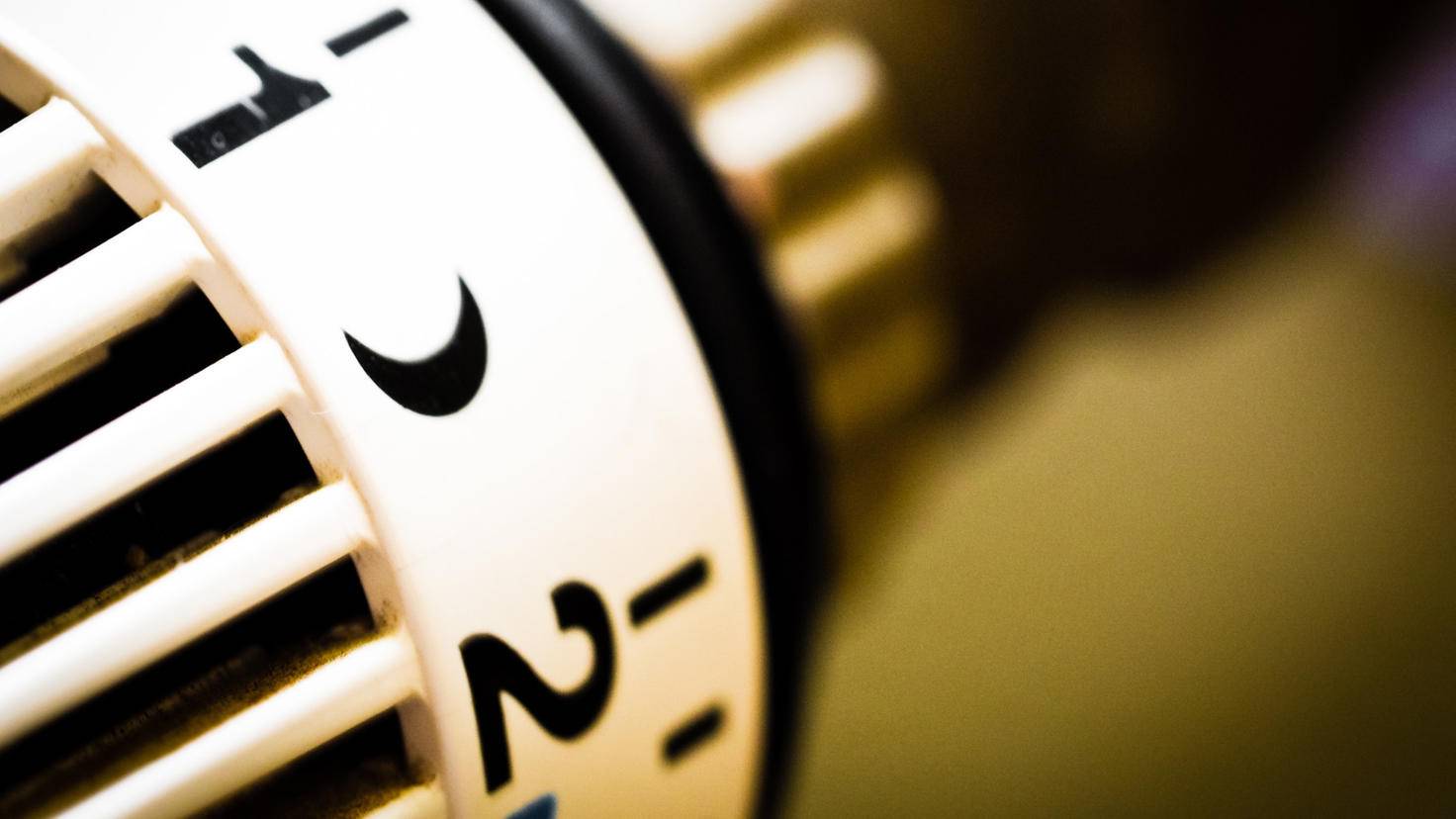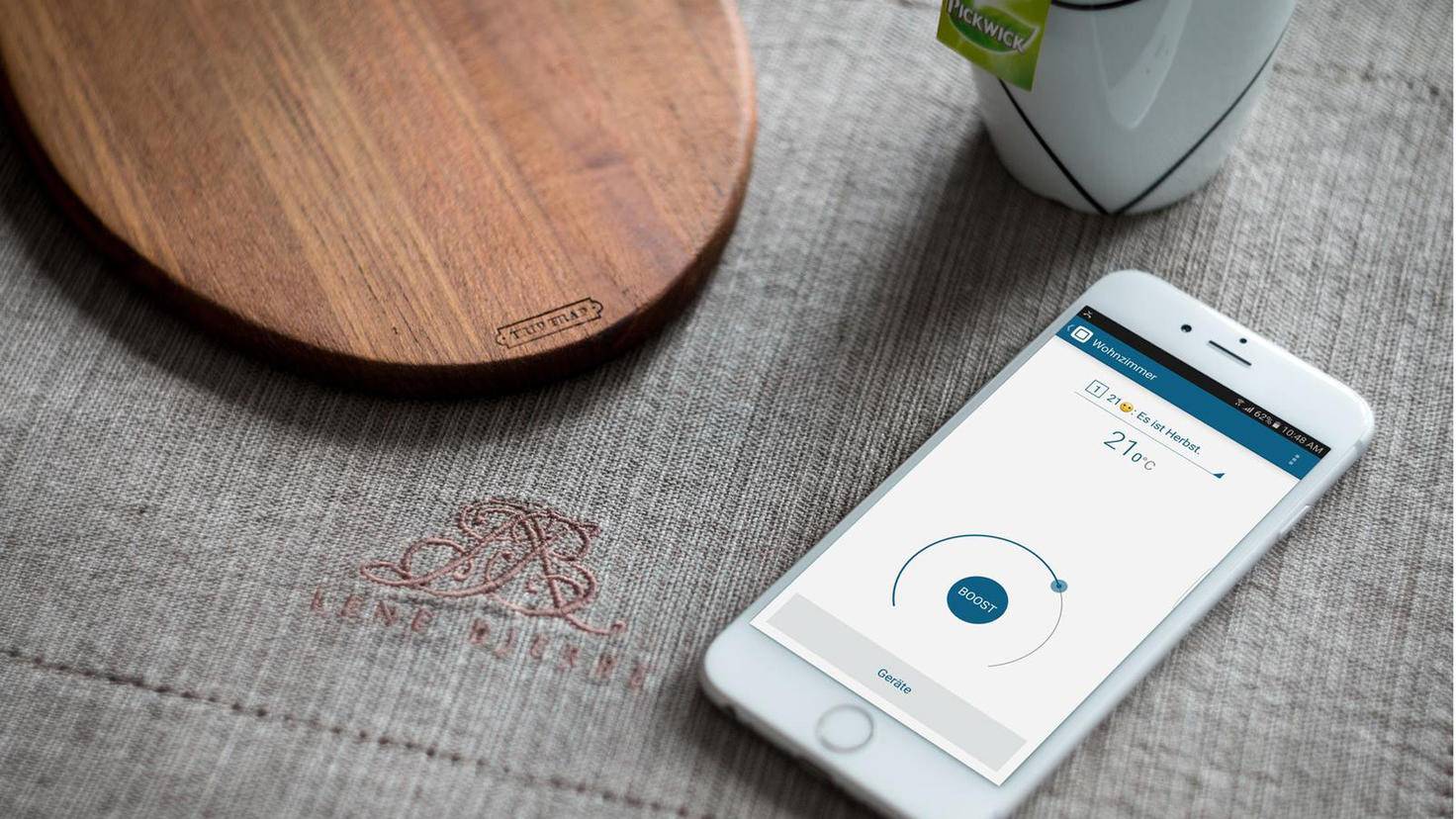Smart heating with WiFi thermostat: Save costs via app

At the latest in the cold season, heating costs become an issue again. Conscious heating thanks to a thermostat should not only ensure a warm home, but also protect the environment and your wallet. Smart WLAN thermostats, which can be operated via app, should be the long-term solution here.
According to the federal government, 85 percent of the energy requirements in German households are for heating and hot water alone. Reason enough to think about saving on heating. Mechanical thermostats are being increasingly replaced by digital devices that can also be operated remotely.
Classic heating versus heating control
Will the classic radiator thermostat soon become obsolete?
Image: © Pixabay 2016
With a classic heater, the temperature can be regulated via a mechanical thermostatic valve. The comfort temperature can be set at levels from 0 to 5, but not precisely to the number of degrees. When leaving the apartment, owners are also faced with a difficult decision: turn off the heating and (supposedly) save energy or leave the heating on so that it is cozy and warm when you come home in the evening. One method lets the home cool down and again it takes an unnecessarily long time for the cold rooms to warm up. In the second variant, energy is wasted unnecessarily on the empty living space.
One solution to this problem is digital heater controls. the Smart thermostats usually connect wirelessly to a command center or the home network. The user can access this via WiFi using an app and also control the heating remotely. The corresponding app not only makes it possible to set the temperatures in your own home down to the last degree, it can also be individually adapted to the daily routine of the residents. However, the digital thermostats can still be changed manually.
Different extras depending on the manufacturer

The Munich startup Tado presents particularly smart solutions. The heating control from this house enables several users to log into the home network at the same time, and for good reason: Based on the position data on the respective mobile phone, the smart home determines the location of all residents. When the kids leave the house, the heating is turned down. However, as soon as the first resident makes his way home and thus approaches the home, it is automatically heated up again.
Installation and prices of the smart thermostats
But what sounds so highly technical is not very complicated to install. That WiFi thermostat can be permanently installed – depending on the manufacturer also mobile. This usually does not require a specialist. The summer months are naturally ideal for installation when the heating is not in operation. If you want to control several locations, you should distribute a corresponding number of thermostats to your living space. In contrast to mechanical radiator thermostats, the digital devices are of course more expensive to buy.
While the mechanical variant only costs 8 to 17 euros, smart heating systems are in the three-digit range. The price for the starter sets with thermostats and various extras such as window contacts or radio options usually cost 160 to 290 euros – with a lot of room for improvement. The thermostats alone range in price between 20 and 250 euros. But in the long run, the purchase should be worthwhile. Provider Netatmo expects energy savings of up to 37 percent. There is no question that the smart home is the future and can offer increased living comfort in addition to saving money.

Reference-www.turn-on.de